Moreover, what possessed me to make this face? I need to plan facial expressions pre-taking pictures of outfits.
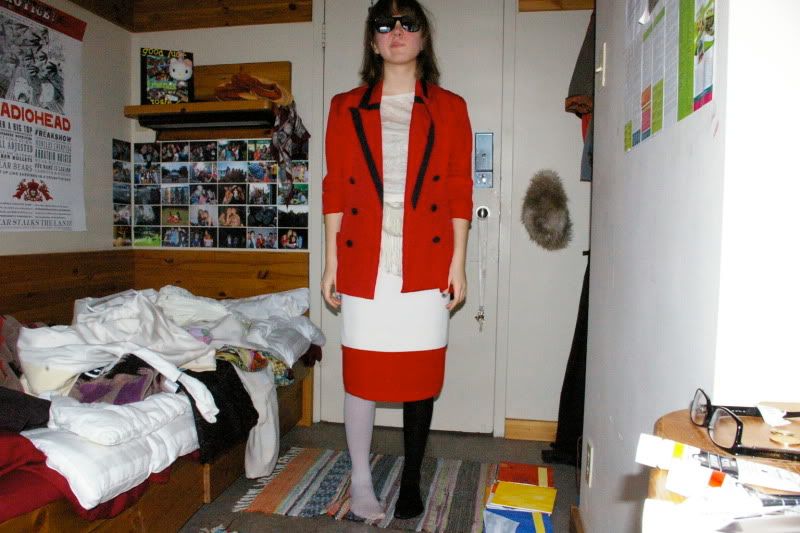

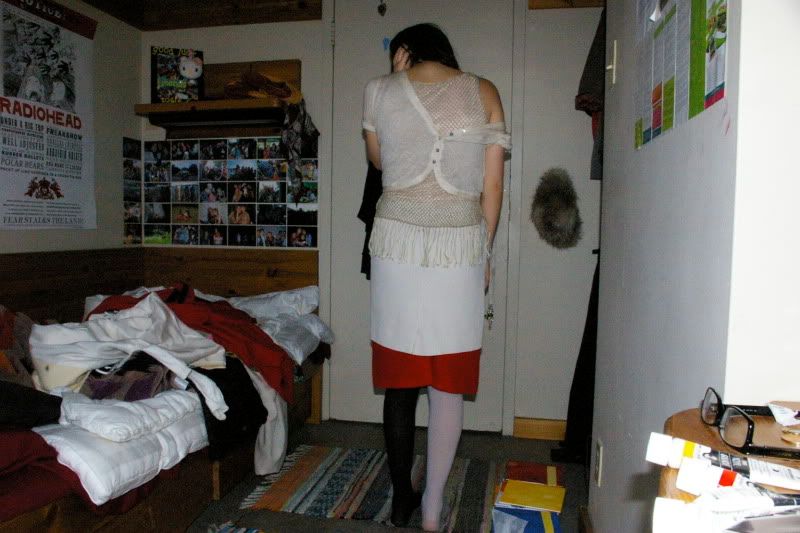



I DO WHAT I WANT. No but actually, this expression needs to get off of my face.

Pale beige cardigan on backwards, H&M. Detailed beige tee and red skirt, vintage. Cream skirt, thrifted. Tights from eBay.
Also, remember the book Radical Fashion I was talking about? It's basically a compilation of essays on what the book describes as 'radical' designers, which is a sentiment I share. So far I've only managed to read the first three essays (I believe there are about five or six?) and the research that has been put into them is astounding. Although the two latter essays I read were concerning facts about the past and present of certain designer's work (for example, the second essay was about Jean Paul Gaultier and Azzedine Alaia's work in couture and the third regarded Yohji, Rei, Issey Miyake and to an extent Junya Watanabe, as they brought to Paris a sense of perfection to what the western considered a degradation of beauty; imperfect) which I already was aware of, the first essay didn't concern so much the designer as it did the role that the Futurist movement played for each designer, both consciously or without conscious influence at all.
The essay itself is entitled 'Looking Forward, Historical Futurism' and it's written in an articulate, quite fluent manner by Judith Clark. I'm not going to delve too deep into discussion of the essay itself because it'll basically lead to a summary from me and I'd rather you guys read it yourselves (don't tl;dr this you guys! It's intriguing I swears). Basically the Futurists were turning their back on timeless, elegant, goddess-like clothing that of course was a radical thing to do.
It's online, you can read it here. But I'm going to post some excerpts I found interesting nevertheless.
Futurist clothing had to be aggressive and dynamic (through the use of triangles, spirals, cones, that 'inspire love of danger, speed, hatred of peace and immobility'). It has to be asymmetrical as opposed to classically harmonious (he specifies examples—perhaps a jacket with one sleeve longer than the other or one rounded lapel and the other square.) It had to be agile, simple (easy to put on and remove) and hygienic (for war marches). It had to be joyful and hence its colours had to be vivid (here Balla uses the emphasis typical of Futurist manifestos to describe colour 'Reeeeeeeeeeeds, Viiiiooooooleeeets, greeeeeeens') and fluorescent (an early example of its application to textiles used for everyday dress). It had, vitally, to be reactive, achievable, with modificanti (fabric badges), applied to an outfit both to reflect the wearer's mood and to enhance its impact, using 'war-hungry, decisive' adjectives never before applied to dress. Finally, it had to be disposable, not durable, to ensure fast renewal.
(ironically Balla and I seem to have the same method of emphasis ^^)
(ironically Balla and I seem to have the same method of emphasis ^^)
Futurists enjoying daring, novelty, originality, even absurdity in its own right, highlighting the obviously associated behavioural dimension of dress. For Futurists both wearer and dress were active.
But I think what mainly piqued my interest in Futurism integrated with fashion is how Futurists wanted to translate paintings which completely abstracted the human form into clothing. For an example, take Marcel Duchamp's Nude Descending A Staircase No. 2. I'm not talking prints, structure or color palette; I'm talking the complete translation of bodily form and posture. That is definitely what I would call radical.
Finally, there were pictures in the latter of the book of collections, advertisements, exhibitions, artwork, you name it, by the designers. I'll start with Gaultier and Alaia, the first of the two essays with focus on designers, then end it with my favourites; Kawakubo, Miyake, Yamamoto and Watanabe. :3 (I'll post the Margiela/Chalayan/McQueen/Westwood ones when I get to the essays)
left: A/W 2000-01 right: A/W 1979
Jean Paul Gaultier:
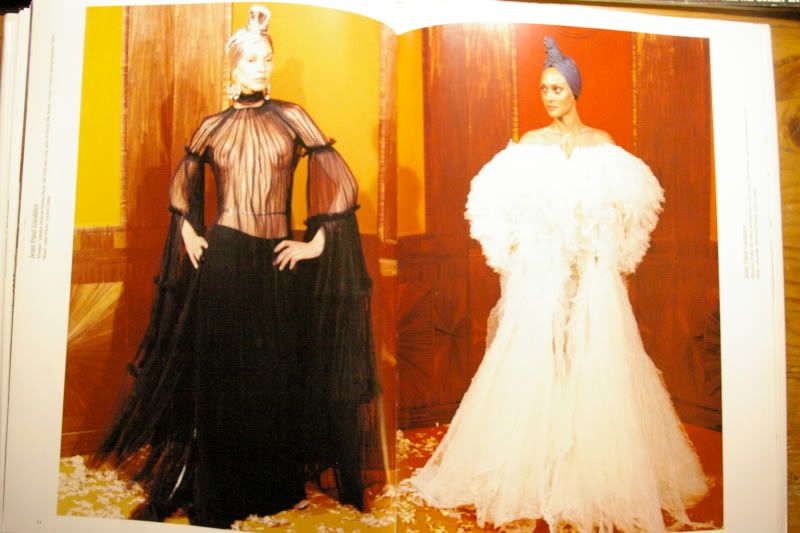
both from Haute Couture S/S 2000
Comme des Garcons:
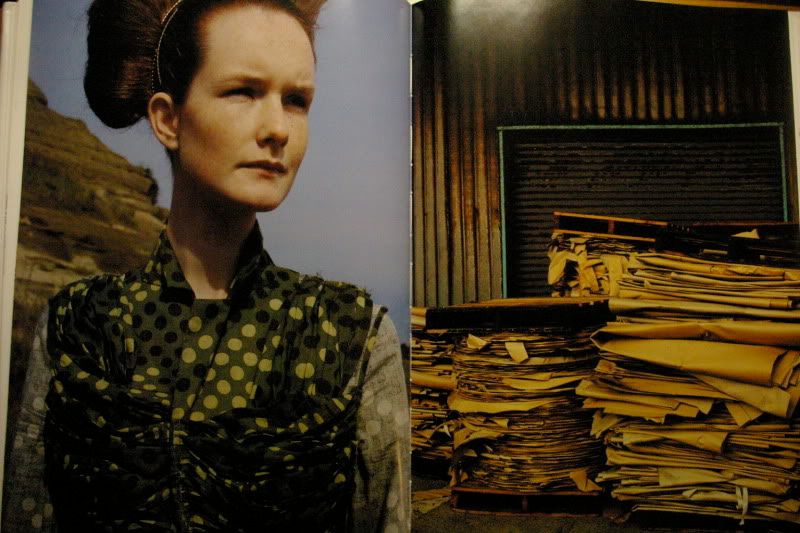
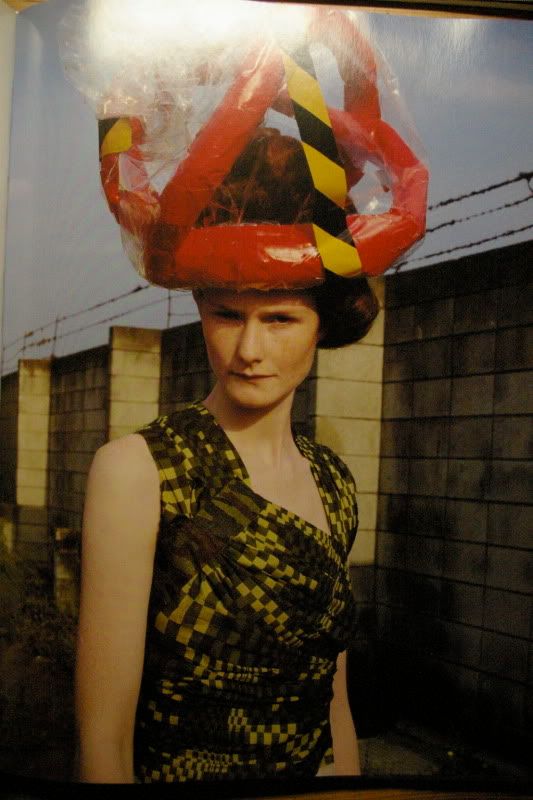
Issey Miyake:

Jean Paul Gaultier:

both from Haute Couture S/S 2000
Comme des Garcons:


Issey Miyake:

A-POC 1999 (from Issey Miyake Making Things, ACE Gallery, New York, Nov 1999) (I would throw fluffy animals from cliffs to go back and see this, ngl)
A-POC 2001
Yohji Yamamoto:
l: A/W 1995-96 r: S/S 1999
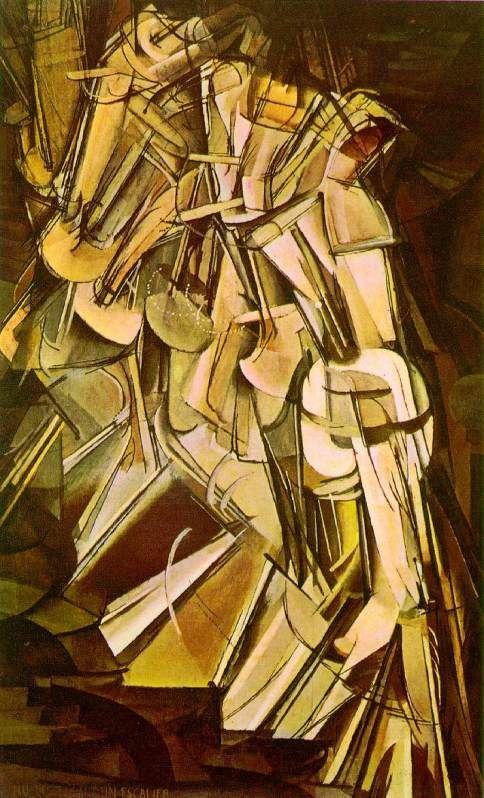
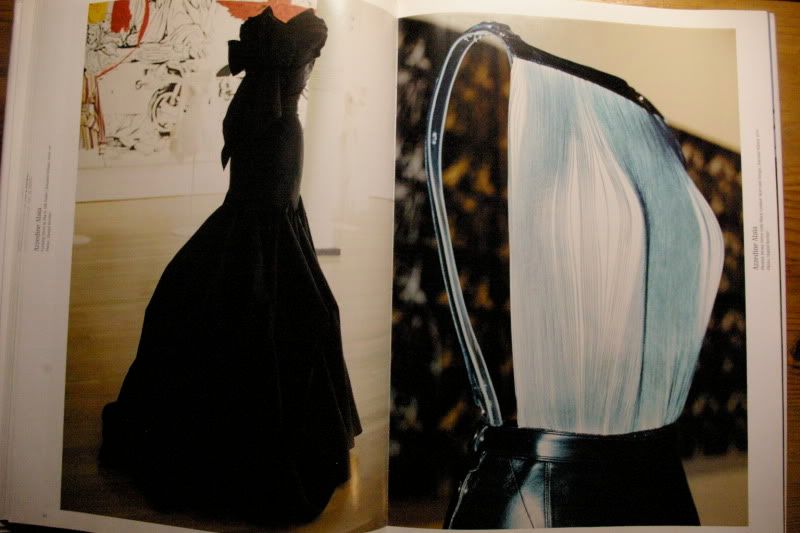


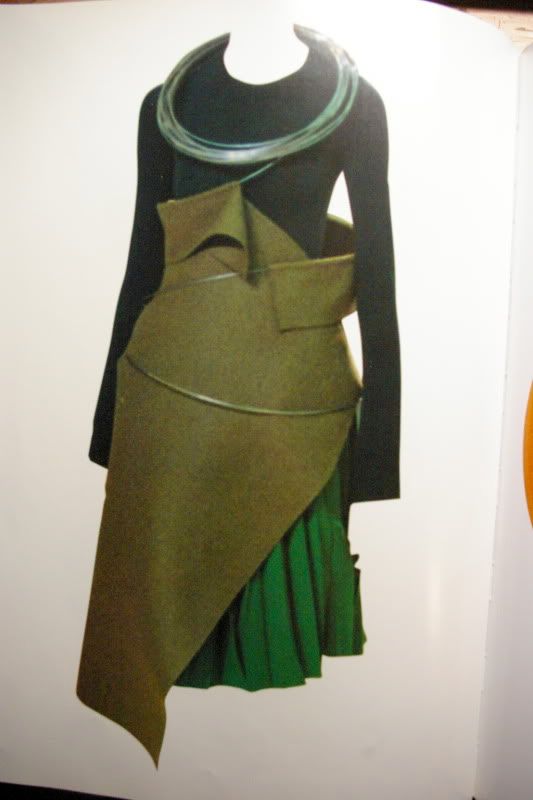
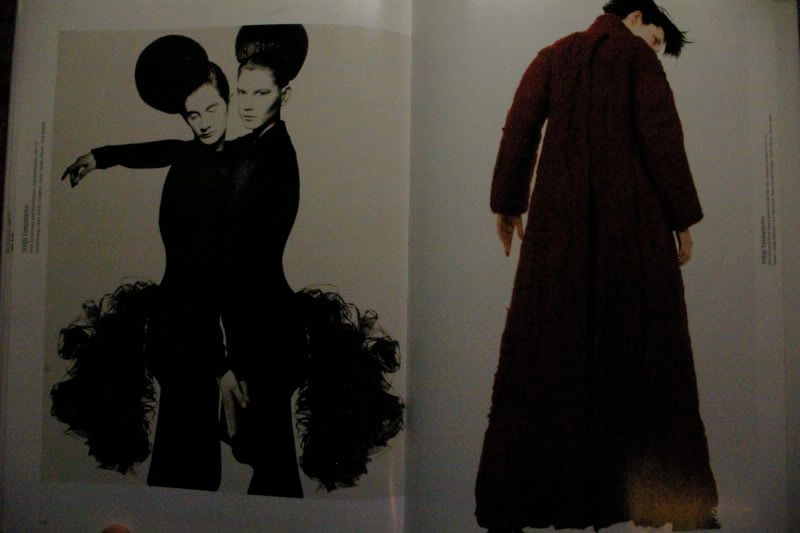
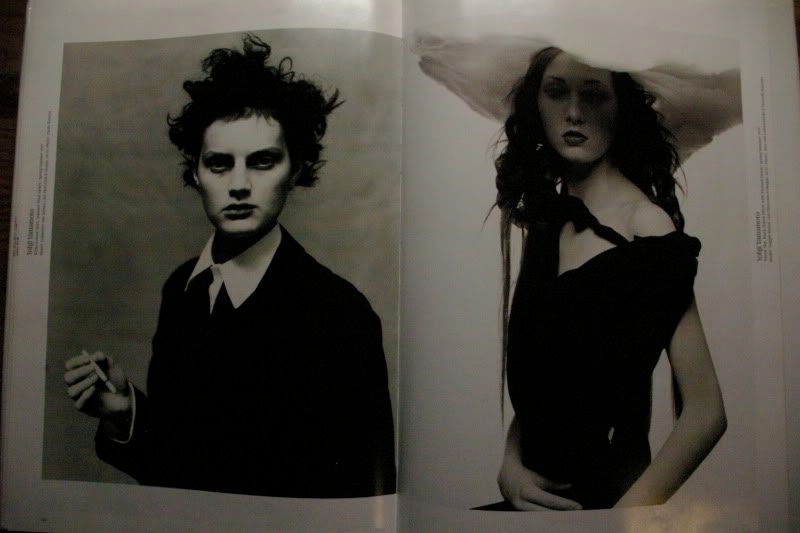


2 comments:
I LOVE THIS POST AND I LOVE YOU. i've been reading about this too and i have like 80 percent of the pictures you posted here on my wall already.
You're face is going to stick in place and stay like that foreverrrrrr! Amazing colourblocking, woman.
Post a Comment